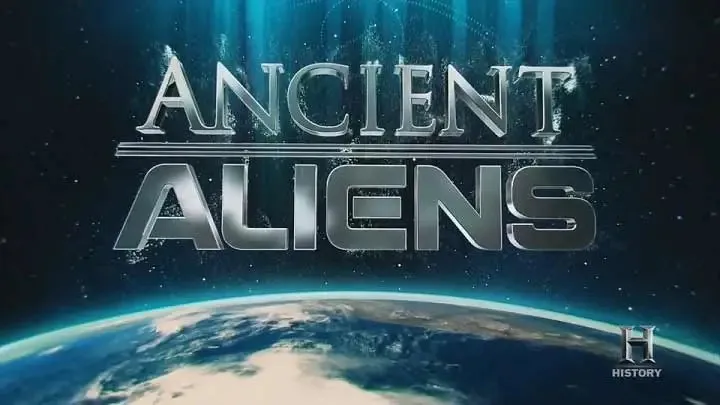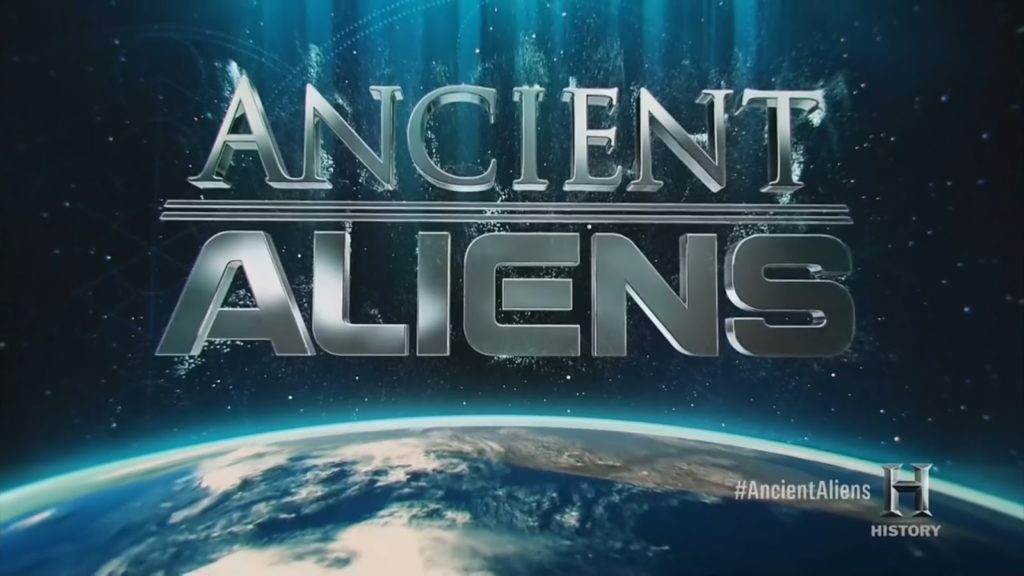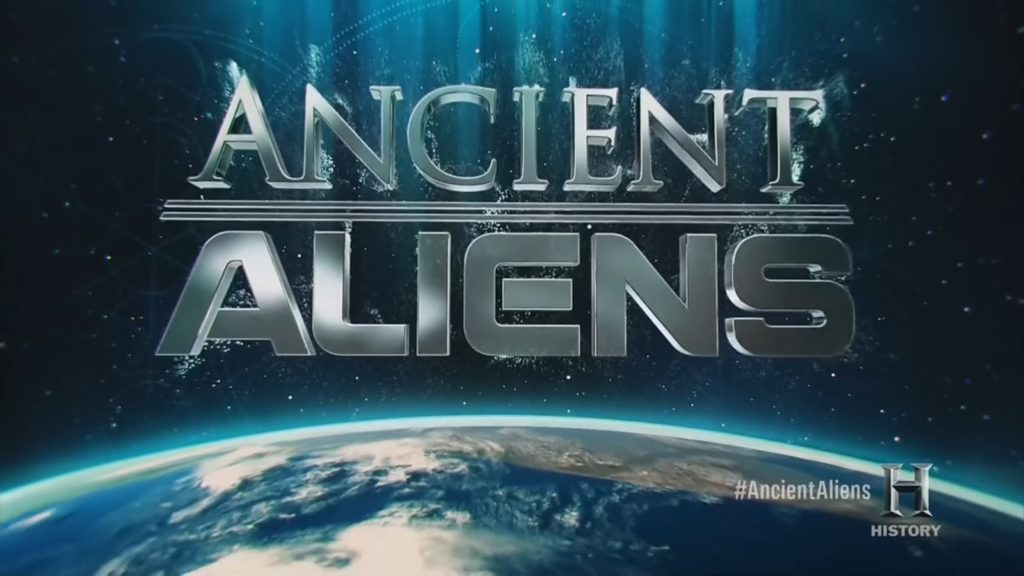Ancient Aliens – The Da Vinci Conspiracy: Might an examination of Leonardo Da Vinci’s masterful paintings, highly technical hand-drawn sketches, and private journals reveal knowledge of otherworldly technology and extraterrestrial beings?
Alternative download
Ancient Aliens explores the controversial theory that extraterrestrials have visited Earth for millions of years. From the age of the dinosaurs to ancient Egypt, from early cave drawings to continued mass sightings in the US, each episode in this hit HISTORY series gives historic depth to the questions, speculations, provocative controversies, first-hand accounts and grounded theories surrounding this age old debate. Did intelligent beings from outer space visit Earth thousands of years ago?
Ancient Aliens – The Da Vinci Conspiracy
Leonardo’s approach to science was observational: he tried to understand a phenomenon by describing and depicting it in utmost detail and did not emphasise experiments or theoretical explanation. Since he lacked formal education in Latin and mathematics, contemporary scholars mostly ignored Leonardo the scientist, although he did teach himself Latin.
In the 1490s he studied mathematics under Luca Pacioli and prepared a series of drawings of regular solids in a skeletal form to be engraved as plates for Pacioli’s book Divina proportione, published in 1509. While living in Milan, he studied light from the summit of Monte Rosa. Scientific writings in his notebook on fossils have been considered as influential on early palaeontology and he has been called the father of ichnology.
The content of his journals suggest that he was planning a series of treatises on a variety of subjects. A coherent treatise on anatomy is said to have been observed during a visit by Cardinal Louis d’Aragon’s secretary in 1517. Aspects of his work on the studies of anatomy, light and the landscape were assembled for publication by Melzi and eventually published as A Treatise on Painting in France and Italy in 1651 and Germany in 1724, with engravings based upon drawings by the Classical painter Nicolas Poussin. According to Arasse, the treatise, which in France went into 62 editions in fifty years, caused Leonardo to be seen as “the precursor of French academic thought on art.”




